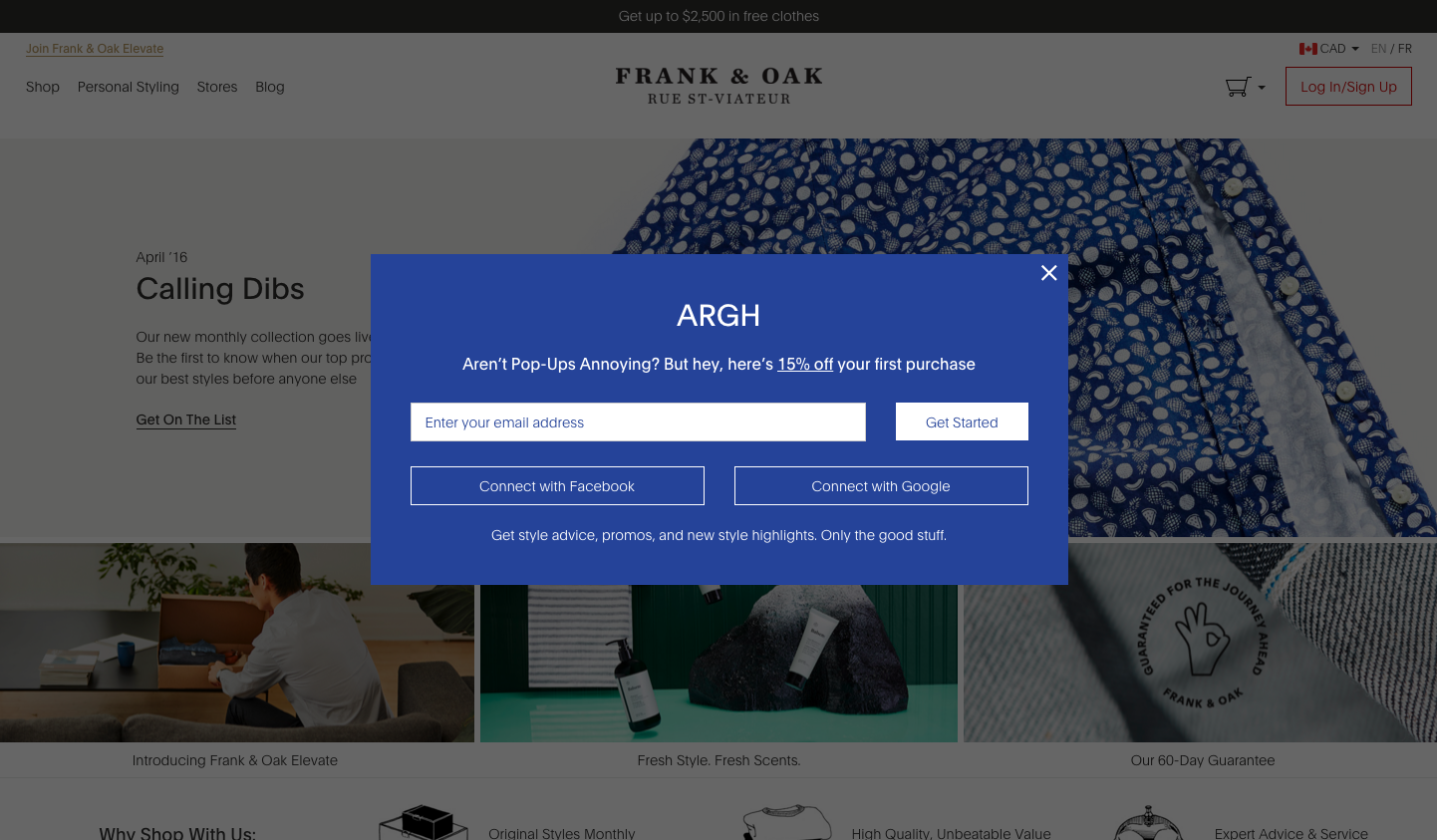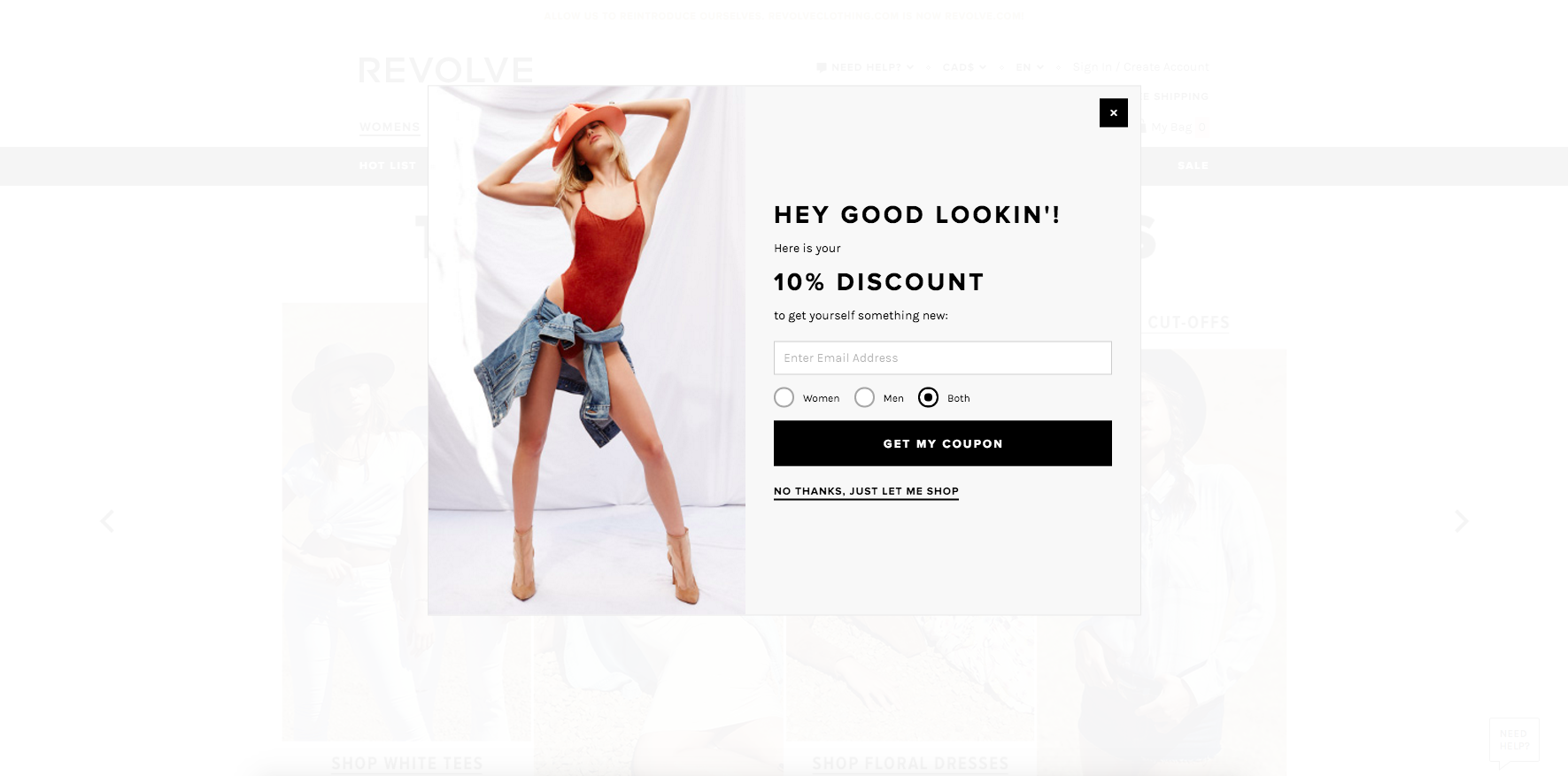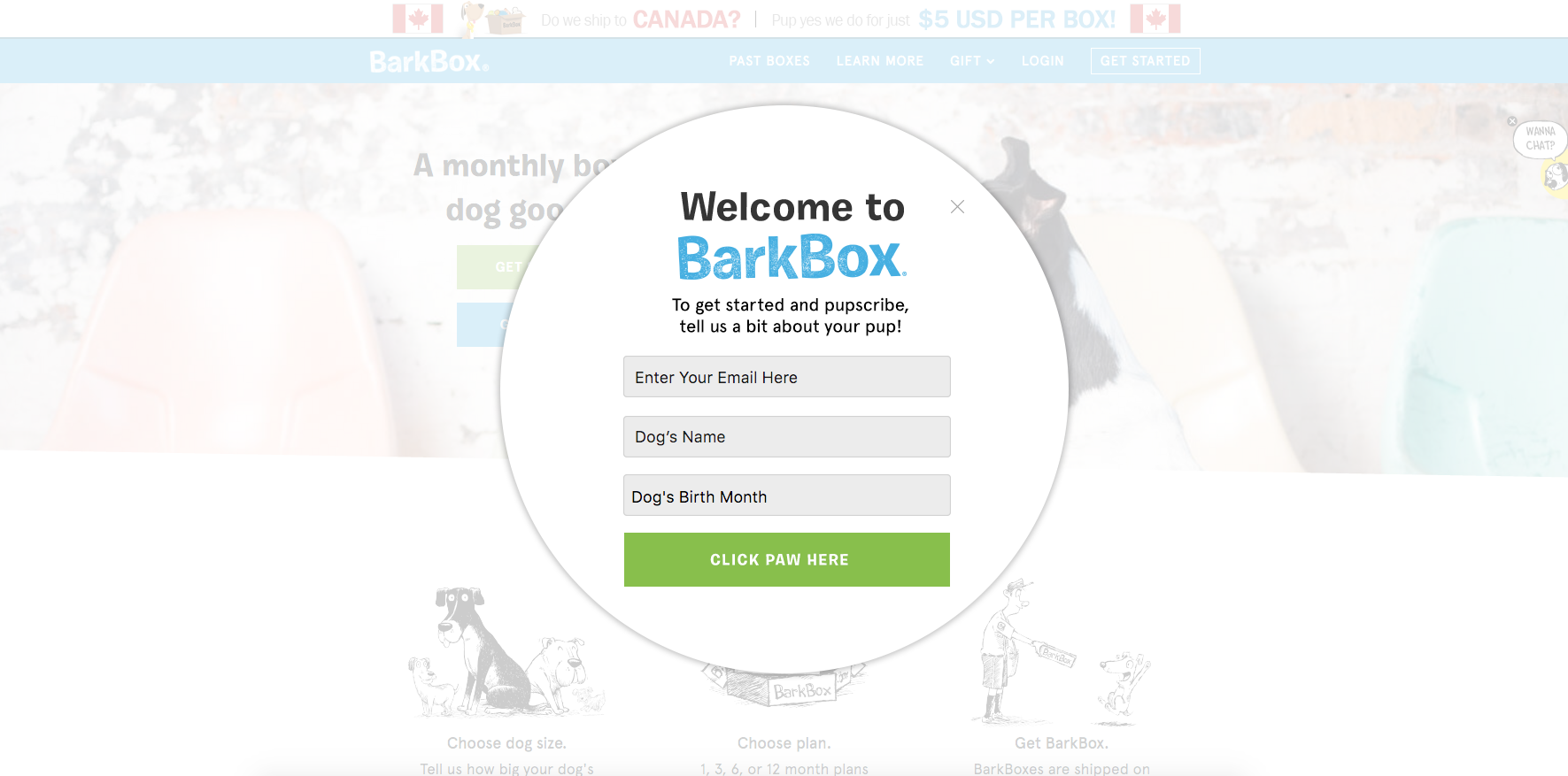
Smart pop-ups: when and where to display them to maximize their impact?
Did you know that the success of your pop-ups depends as much on their content as on when and where they appear? When used correctly, smart pop-ups grab visitors’ attention without disrupting their experience, while maximizing your conversions. But when and where should you display them to ensure their effectiveness? In this article, discover proven strategies to make the most of your pop-ups and turn every interaction into a conversion opportunity. Don’t miss these essential tips!
1. When to display your pop-ups?
The timing of a pop-up can determine its effectiveness. Poor timing may annoy your visitors, while well-timed displays can capture their attention and encourage conversions. Here are the best times to deploy your pop-ups.

1.1. After a specific delay
Displaying a pop-up after a defined time on your site is a proven strategy to avoid disrupting the user experience right from the start. On average, a delay of 10 to 30 seconds is ideal to give visitors time to immerse themselves in the content. For example, an e-commerce site might display a discount offer after 20 seconds to encourage a purchase. This type of timing ensures that the visitor is already engaged before receiving a proposal.
1.2. On exit intent
Exit intent pop-ups are triggered when the user shows signs that they are about to leave the page, such as moving their mouse towards the “close” button. They constitute a last opportunity to capture attention. For example, a blog might offer a free ebook in exchange for an email address, while a sales site could offer a 10% coupon to encourage the user to complete their cart.
1.3. Based on specific actions
Pop-ups triggered by specific behaviors, such as scrolling or clicking on an element, provide a more personalized experience. For example, a user who reads a blog post all the way to the end might receive a pop-up inviting them to subscribe to a newsletter for similar content. This contextual approach enhances relevance and increases conversion chances.
2. Where to display your pop-ups?
The placement of pop-ups is as important as their timing. Well-positioned, they maximize visibility without altering the user experience, thereby increasing conversion chances. Here are strategic locations to prioritize.

2.1. Strategic pages
Pop-ups work best when they appear on pages with high conversion potential. For example, on product pages of an e-commerce site, you can offer a discount coupon to encourage purchases. Popular blog articles are also ideal locations to offer complementary content, such as an ebook or downloadable guide. According to studies, these pages often generate a click-through rate that is 30% higher than others.
2.2. Integrated pop-ups within navigation
Side pop-ups or “slide-ins” are less intrusive and blend discreetly into the user experience. They can appear at the bottom of the page or on the side without interrupting reading. For example, a side pop-up might invite visitors to subscribe to a newsletter after they’ve read a certain percentage of the article. This format is especially effective for maintaining smooth navigation while engaging users.
2.3. Mobile adaptation
With the majority of visits occurring on mobile devices, it is essential to optimize your pop-ups for small screens. Favor full-page pop-ups with clearly visible close buttons or bottom screen pop-ups for better accessibility. For example, a fitness site might display a mobile pop-up offering a downloadable workout program without obstructing navigation. Google also recommends ensuring that pop-ups do not clutter the screen to avoid SEO penalties.
Strategic timing, thoughtful placement, and a smooth user experience: these elements transform your pop-ups into a powerful tool for maximizing your conversions. By using a solution like Poosh, which simplifies the creation of effective pop-ups, you optimize every interaction and boost your growth.